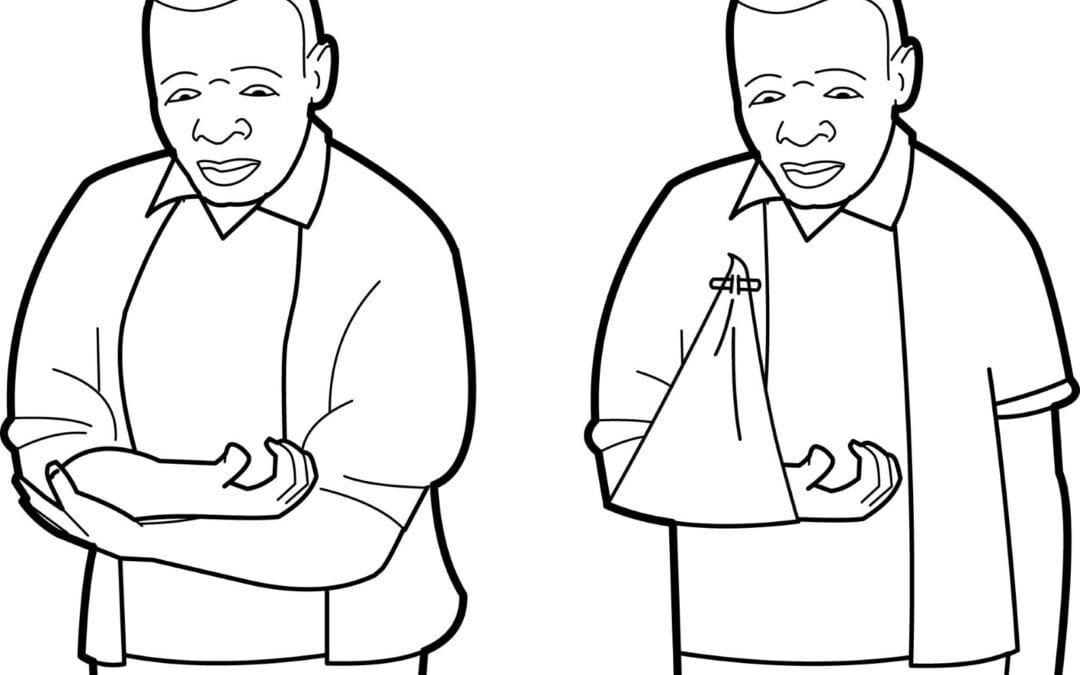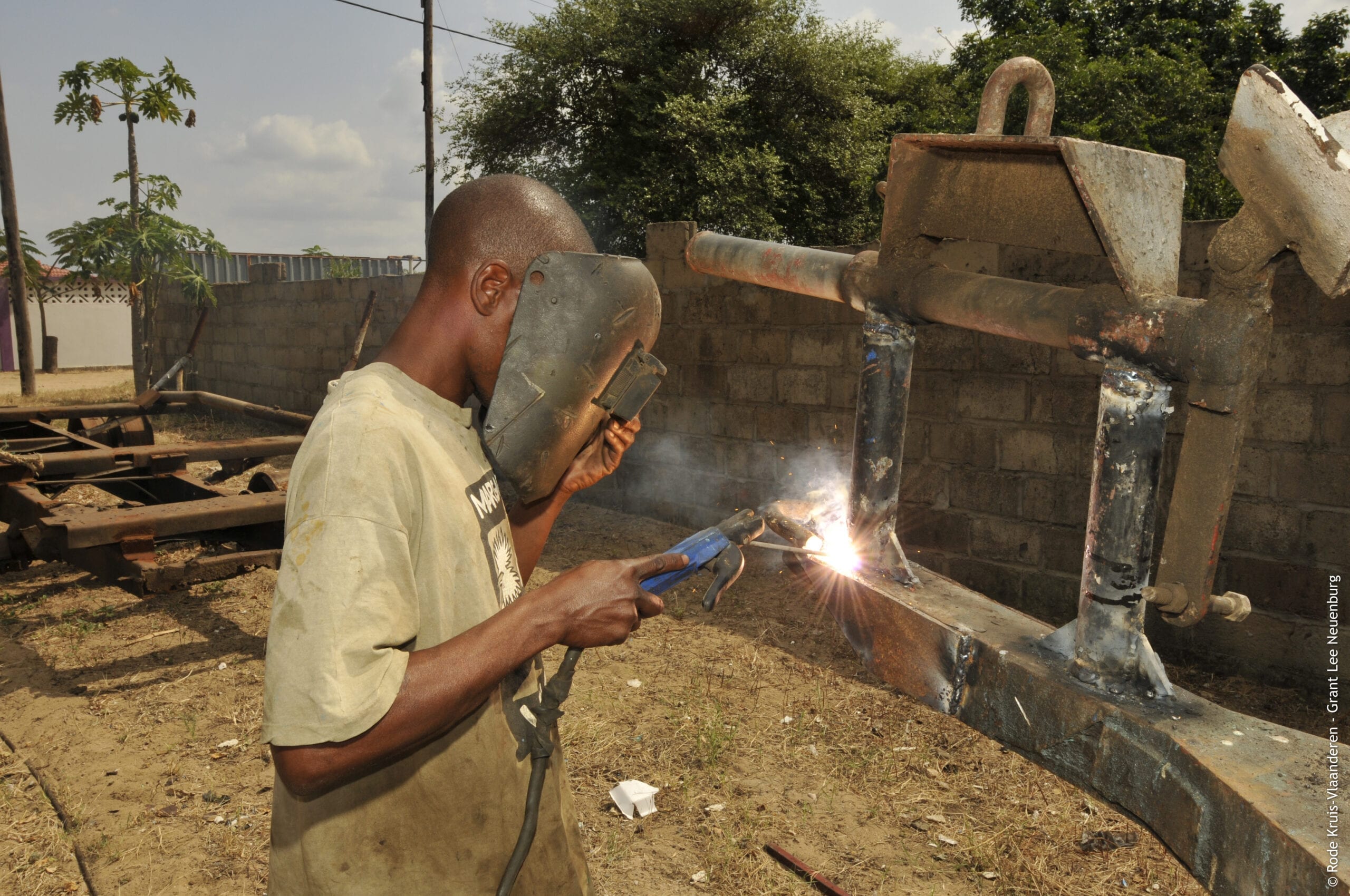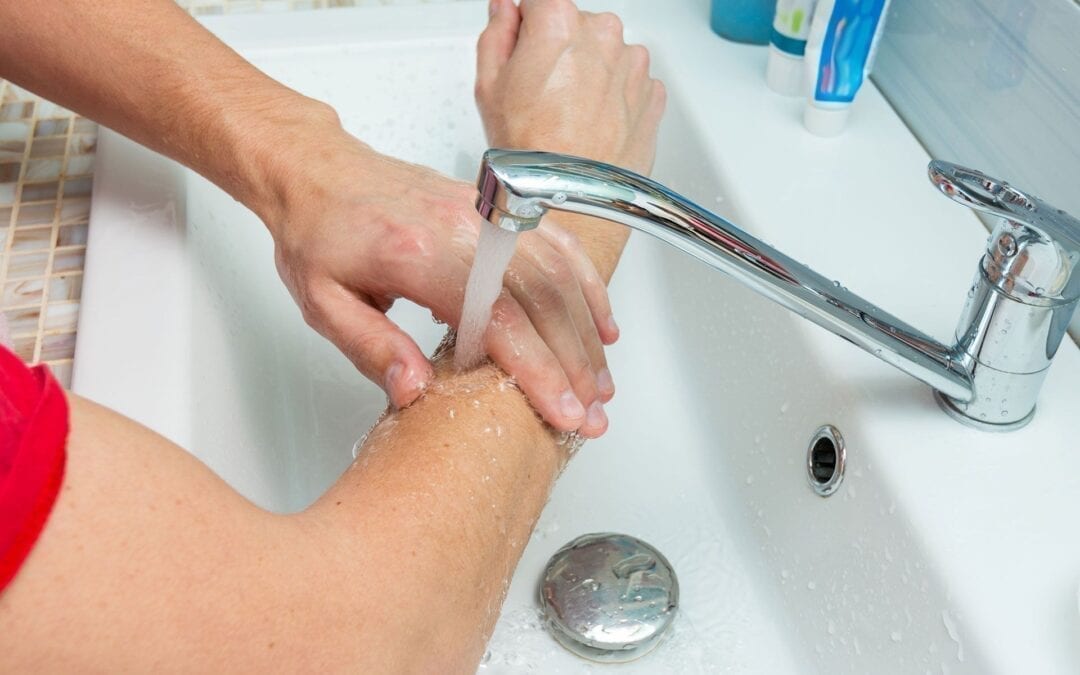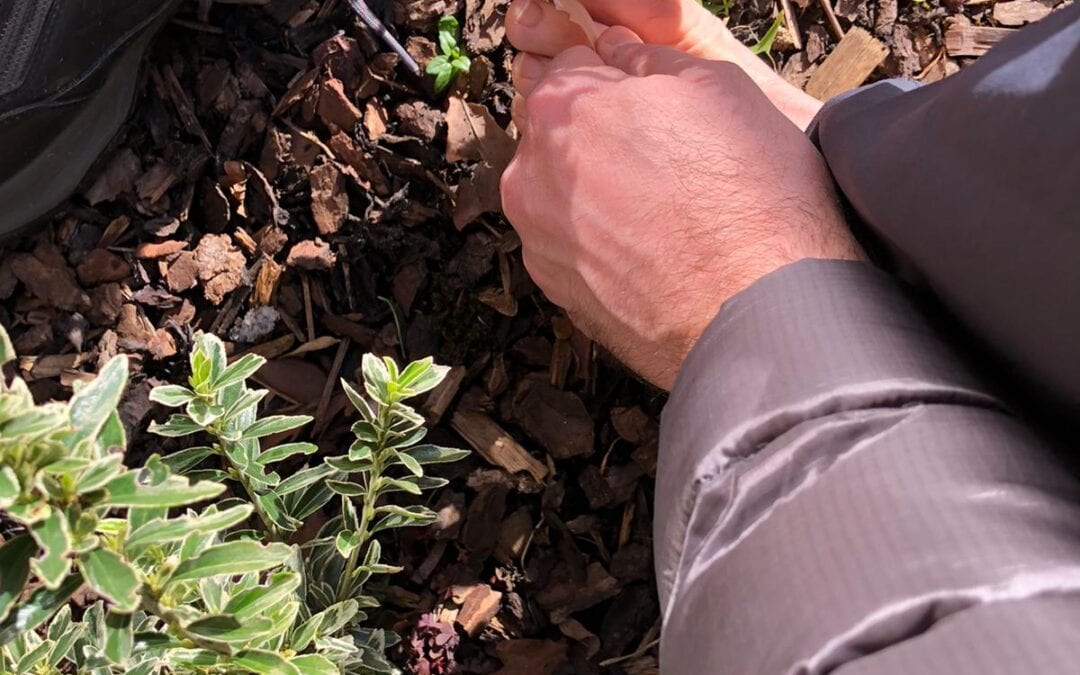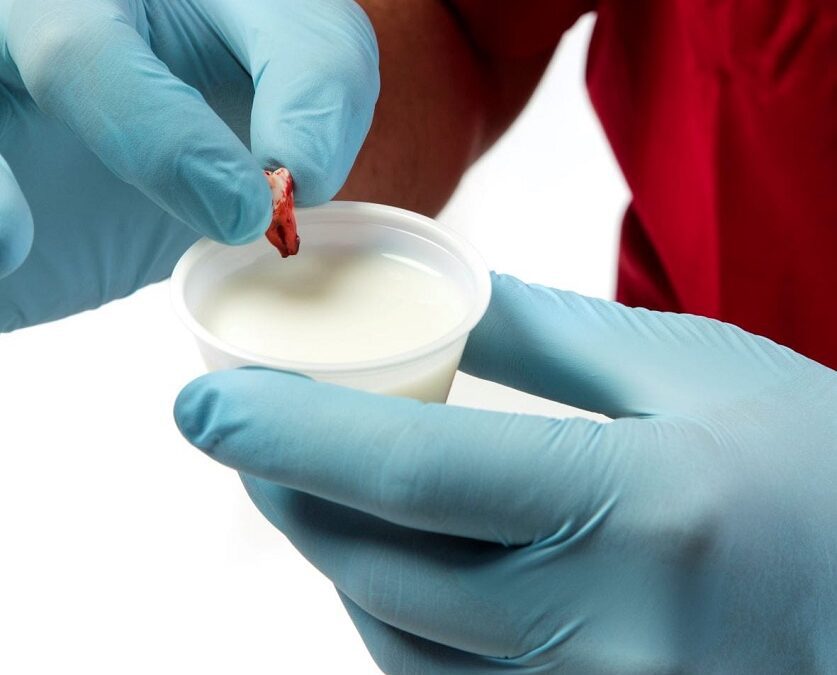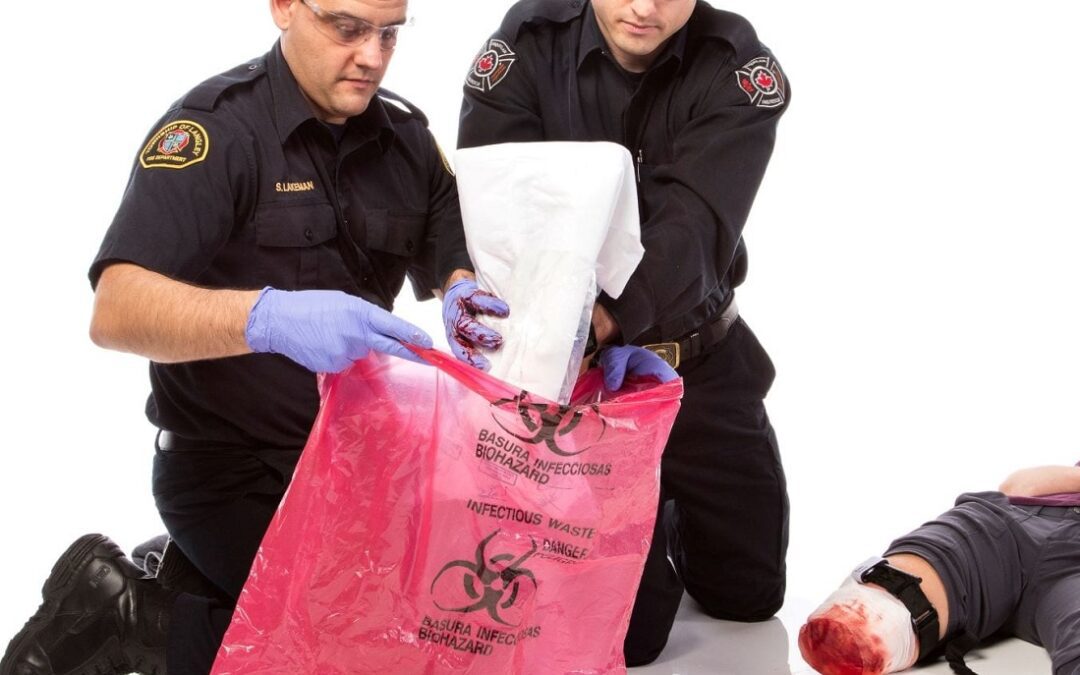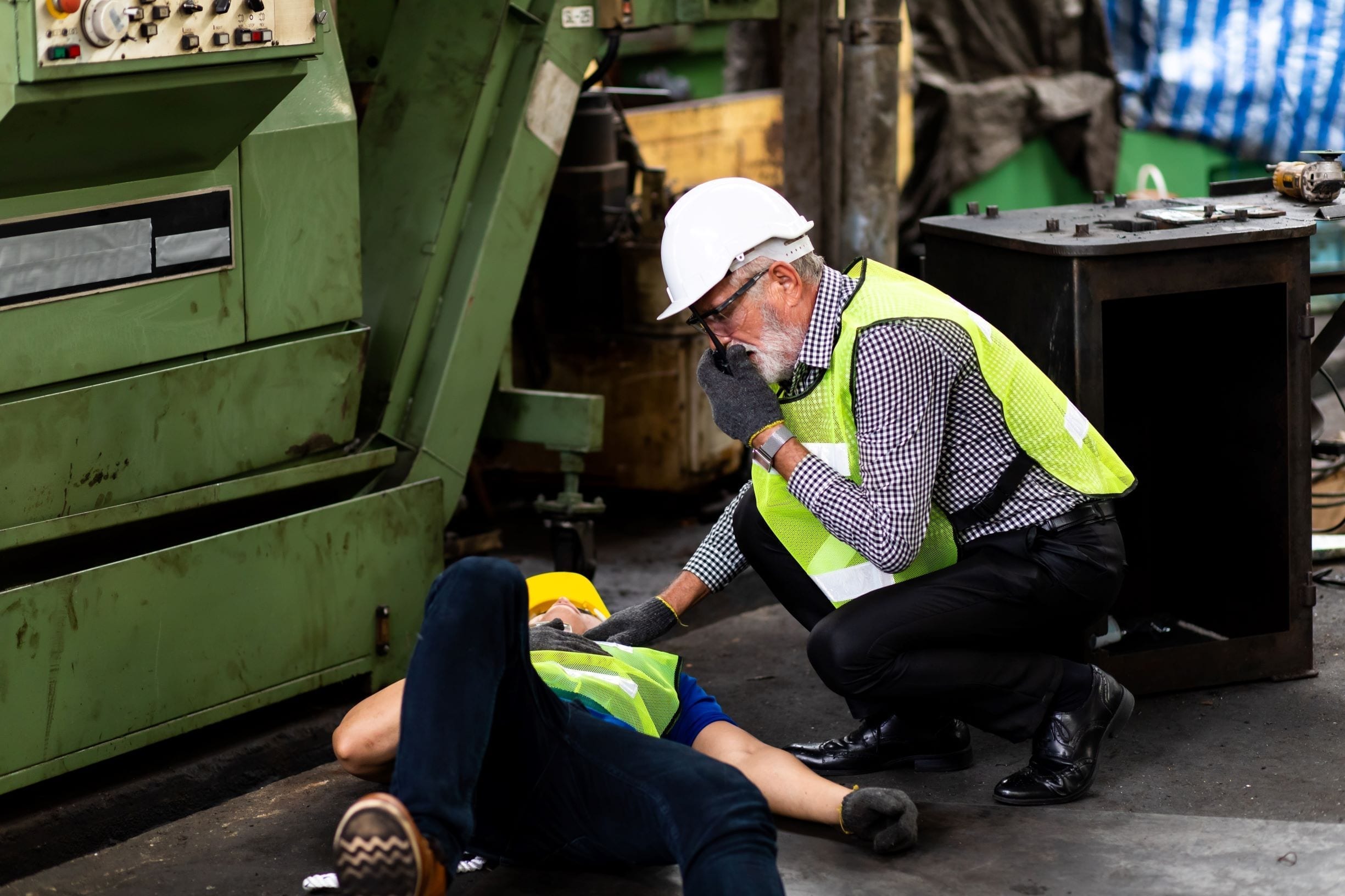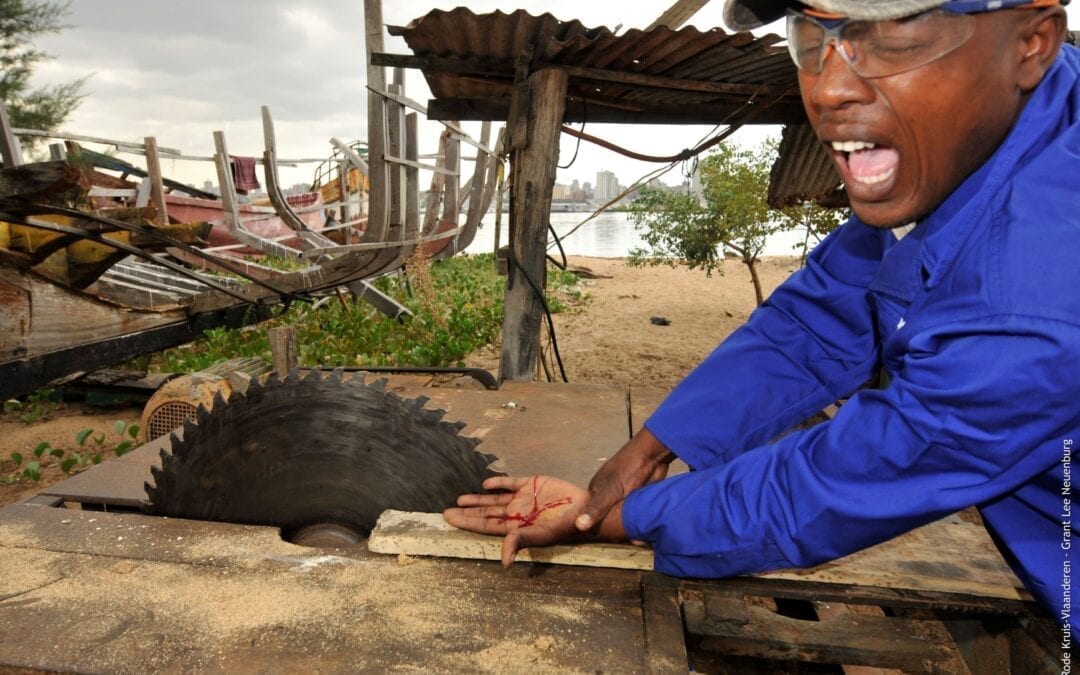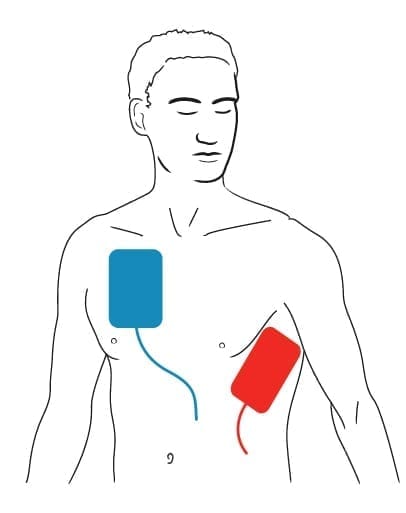Fractures, sprains and strains Keep the injury still to reduce pain. Save this page as a PDF Sprains and strains are considered minor injuries, while fractures can range from minor to major. While often not life-threatening, injuries to the extremities (arms, legs, fingers or toes) can lead to...
Flash eyeProtect the eyes and let them rest. Save this page as a PDF Flash eye (also called snow blindness or arc eye), is a painful condition in the eyes caused by overexposure to ultraviolet (UV) light. It is like the cornea (the transparent outer layer of the eye) has a sunburn. Flash eye is...
BurnsCool the burn with running water for at least 10 minutes, ideally 20 minutes. Save this page as a PDF Four of the main causes of burns are heat (fire, steam), chemicals (acid), radiation (radioactive materials, the sun, sunlamps) and electricity. Mild burns in adults generally do not require...
BlisterKeep the blister clean and covered to prevent infection. Save this page as a PDF A friction blister is a small pocket of fluid that forms in the upper layers of skin caused by continuous rubbing or pressure over time. Friction blisters commonly appear on feet during or after walking long...
Dental avulsion Store the tooth temporarily (e.g., in Hank’s balanced salt solution, cling film, or cow’s milk) and advise the person to seek help from a dentist as soon as possible. Save this page as a PDF Dental avulsion is the complete displacement of a tooth due to it being...
Cuts and grazes Clean the wound and cover it to increase healing and reduce the risk of infection. Save this page as a PDF Cuts and grazes are common injuries seen by first aid providers. They do not usually require emergency medical care. They may include wounds such as a laceration, puncture...
AmputationStop the bleeding and preserve the amputated body part as much as possible. Save this page as a PDF There are two types of amputations: complete and partial. Complete amputation is the total removal of a limb, while partial amputation is when part of the limb is still attached to the...
Chest and abdomen injuriesHelp the person to lie down in a comfortable position and monitor them closely. Save this page as a PDF A chest injury includes any injury to the ribs, heart and lungs while an abdominal wound is any injury to the abdomen. Some chest wounds are ‘open’ which...
Severe bleeding Apply direct pressure to control the bleeding as quickly as possible. Save this page as a PDF Severe external bleeding is a life-threatening condition requiring urgent first aid. The human body relies upon blood circulating around the body to deliver oxygen to organs and tissues...
Unresponsive and abnormal breathing with suspected opioid overdoseUse naloxone for suspected opioid overdose when giving CPR to improve the person’s chance of survival. Save this page as a PDF Use of drugs – especially opioids – can cause impairment of mental status,...
Unresponsive and abnormal breathing when a defibrillator is availableUse a defibrillator when giving CPR to improve the person’s chance of survival. Save this page as a PDF An automated external defibrillator (defibrillator) is a portable device that analyses the heart’s rhythm and, if...
Unresponsive and abnormal breathing (baby and child)Immediately start rescue breaths and chest compressions and access emergency medical services. Save this page as a PDF If a baby or child is unresponsive with abnormal breathing (e.g., taking irregular or noisy breaths, or stopped breathing...

